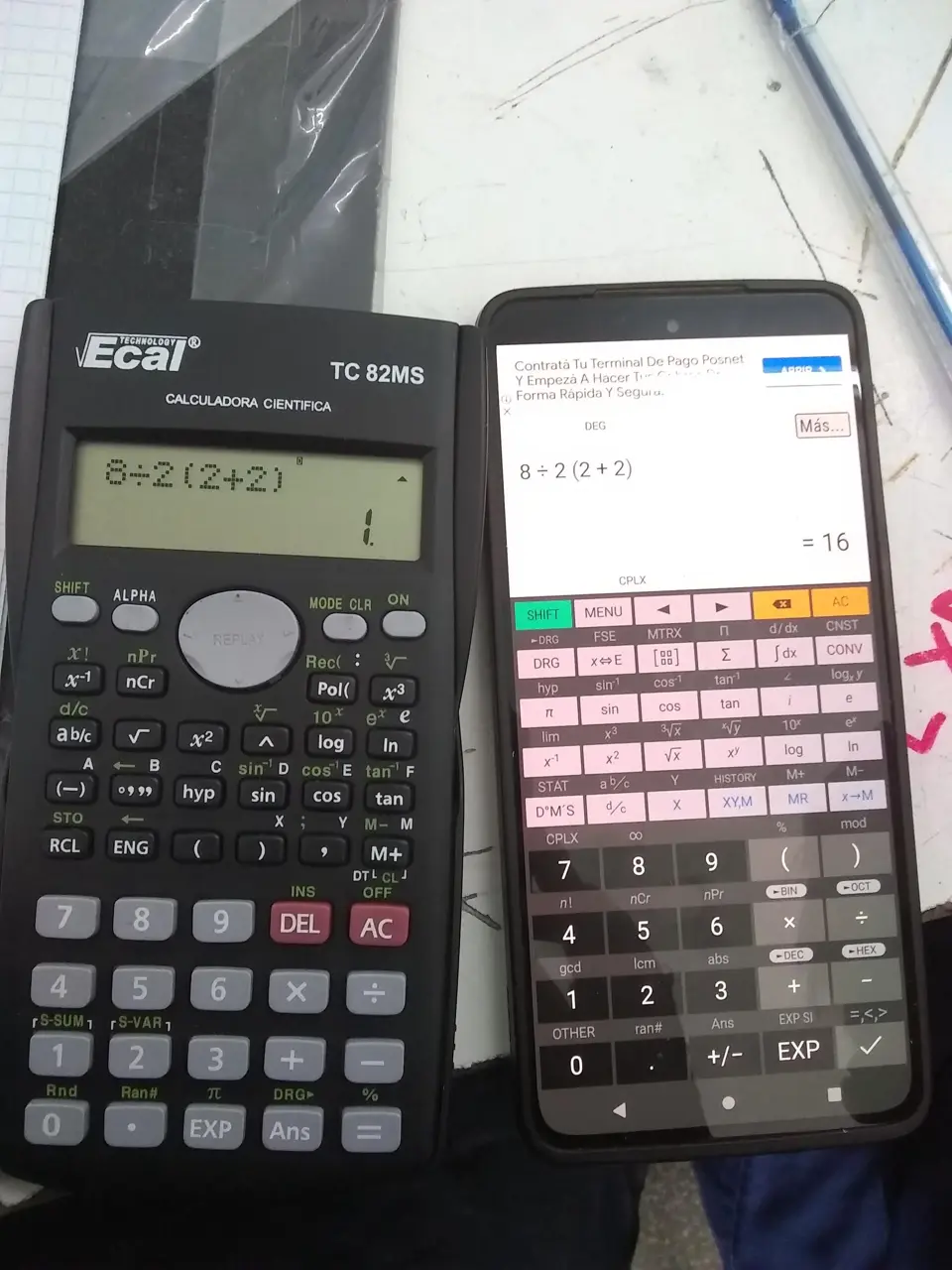this post was submitted on 03 Dec 2023
389 points (95.6% liked)
196
16898 readers
1810 users here now
Be sure to follow the rule before you head out.
Rule: You must post before you leave.
If you have any questions, feel free to contact us on our matrix channel.
founded 2 years ago
MODERATORS
you are viewing a single comment's thread
view the rest of the comments
view the rest of the comments

It's somewhat ambiguous!
On the one hand, you might be right. This could be akin to flipping two coins and saying that at least one is heads. You've only eliminated GG, so BG, GB, and BB are all possible, so there's only a 1/3 chance that both children are boys.
On the other hand, you could say this is akin to flipping two coins and saying that the one on the left (or the one who opened the door) is heads. In that case, you haven't just ruled out GG, you've ruled out GB. Conditional probability is witchcraft
I don't think the problem is conditional probability, it's translating word problems to maths problems.
If you make the assumptions I made, the maths is unambiguous. Namely, I assumed that a child has a 50/50 probability of being born a boy or a girl. I assumed the child who opens the door is random. I don't think I made any other assumptions that could have been made any other way. With those assumptions, I'm pretty confident my answer is the only correct one, though I'd love to see an argument otherwise.
If the probability of a child being a girl is different, say, 52%, that will affect the result.
More interestingly, if the probability of which child opens the door is different, that will affect the result. If there's a 100% chance the elder child opens the door, it goes to 50/50 of the gender of the second child. This makes it like the "coin on the left" example you gave.
If we said the elder child is going to open the door 75% of the time…well, the maths becomes more complicated than I can be bothered with right now. But it's an interesting scenario!
Assuming the chance of either sex is equal, this problem can be broken down into multiple cases. The first is that there are two unseen kids in the house. What's the probability they are both boys? 1/4. Now the door opens and you see two boys. The probability both are boys is 1/1. But if you only see one boy, the problem simplifies into the probability of a child being a boy. One of the probabilistic events postulated in the original problem is fixed at 1. So the answer is 1/2.
Think of it as the two coin flip, except one coin has two heads. That simplifies to a one coin flip.